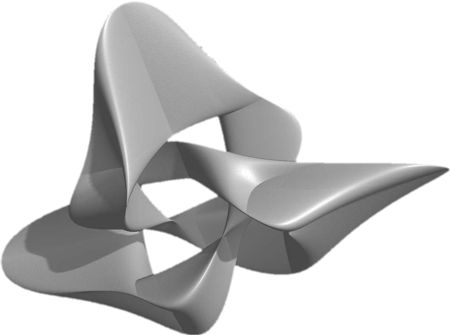Ley Lines: Definition, History, and Symbolic Use
Ley lines are believed to be invisible alignments of energy that crisscross the earth, connecting sacred sites, ancient monuments, and natural landmarks. First introduced into popular consciousness by the British amateur archaeologist Alfred Watkins in the 1920s, the term “ley line” originally referred to straight alignments drawn between various historical landmarks across the English countryside—such as standing stones, churches, and burial mounds. Watkins suggested in his book The Old Straight Track that these alignments indicated ancient trackways used for trade and navigation.
Over time, however, the concept of ley lines evolved beyond simple physical pathways. In the mid-20th century, New Age and esoteric thinkers expanded the idea, proposing that these lines mark the flow of earth’s subtle energy—a kind of planetary life force. In this view, ley lines are seen as channels of geomantic power, similar to the meridians in Chinese medicine or the nadis in yogic tradition. Major intersections of ley lines, often at places like Stonehenge or Machu Picchu, are thought to be especially potent, serving as spiritual “power points” where the veil between worlds is thinner.
Symbolically, ley lines represent humanity’s deep-seated intuition of connection: between land and spirit, between the physical and the metaphysical. They evoke a vision of the earth as a living organism, with energy currents that sustain not only nature but also human consciousness. Ley lines are often invoked in discussions about sacred geography, pilgrimage, and the alignment of human intention with the earth’s deeper rhythms. Whether seen as literal pathways or powerful metaphors, ley lines continue to inspire seekers to explore the mysterious relationship between place, purpose, and the unseen energies that weave them together.
